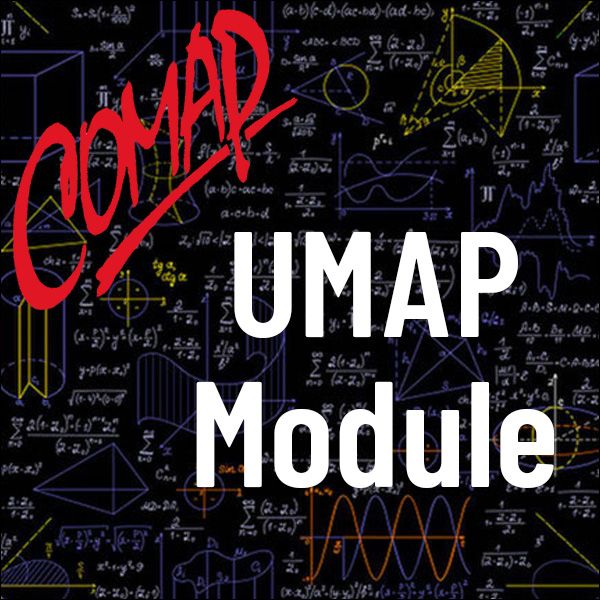Zipf's Law (UMAP)
Author: Philip M. Tuchinsky
From this module students will learn how to: 1) use partial fractions to explain summation; 2) calculate relative errors to measure quality of match-up between two sets of data; 3) carry out a word-count study on any lengthy text in any language; 4) convert item-count study data into rank-frequency data; 5) use log-log paper to graphically test whether rank-frequency data obeys Zipf's Law; and 6) give an example of pure, apparently impractical research that has practical implications for a sophisticated system like a human language.
Table of Contents:
1. PARTIAL SUMS CAN HELP US ADD UP A SERIES
2. SUMMING THE SERIES ZIPF USED
3. WORD COUNTS IN JOYCE'S ULYSSES
4. HOW GOOD IS THIS SERIES MODEL
5. THE EXTENSIVE RESEARCH INTO WORD-COUNTS AND RELATED LANGUAGE PATTERNS
6. ZIPF'S LAW (THE RANK-FREQUENCY LAW)
7. A LOG-LOG GRAPH REVEALS OBEDIENCE TO ZIPF'S LAW
8. EXERCISES: ZIPF'S LAW AND THE SERIES MODEL ARE RELATED
9. MANDELBROT'S EXPLANATION OF THE LANGUAGE PATTERNS
10. SOURCES
11. ANSWERS TO EXERCISES

Mathematics Topics:
Application Areas:
Prerequisites:
You must have a Full Membership to download this resource.
If you're already a member, login here.